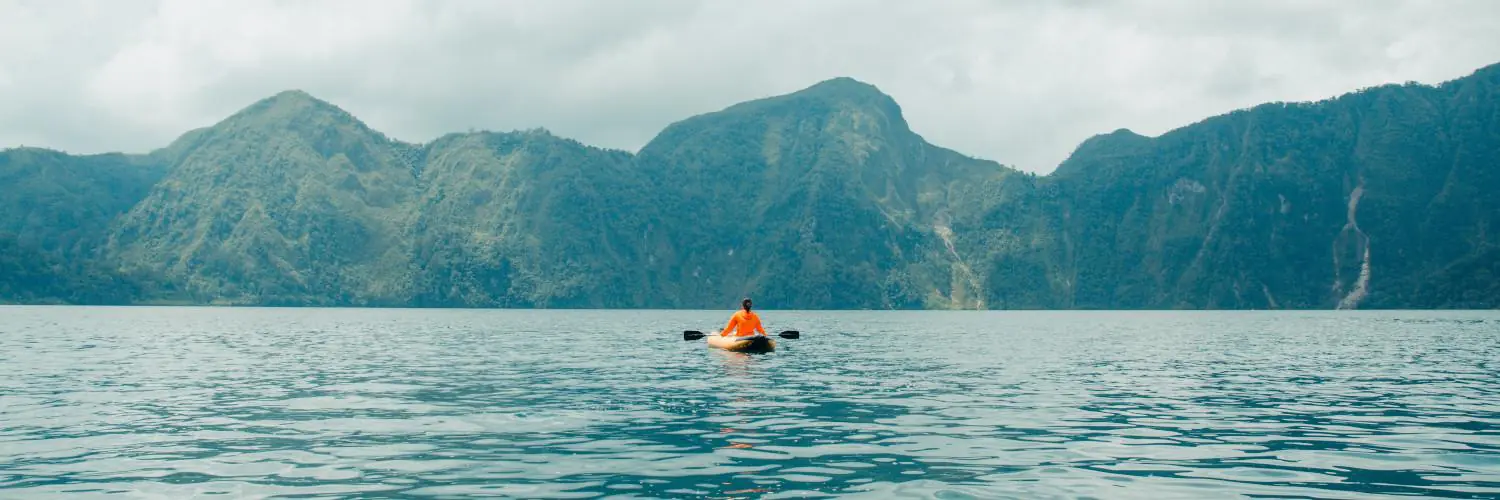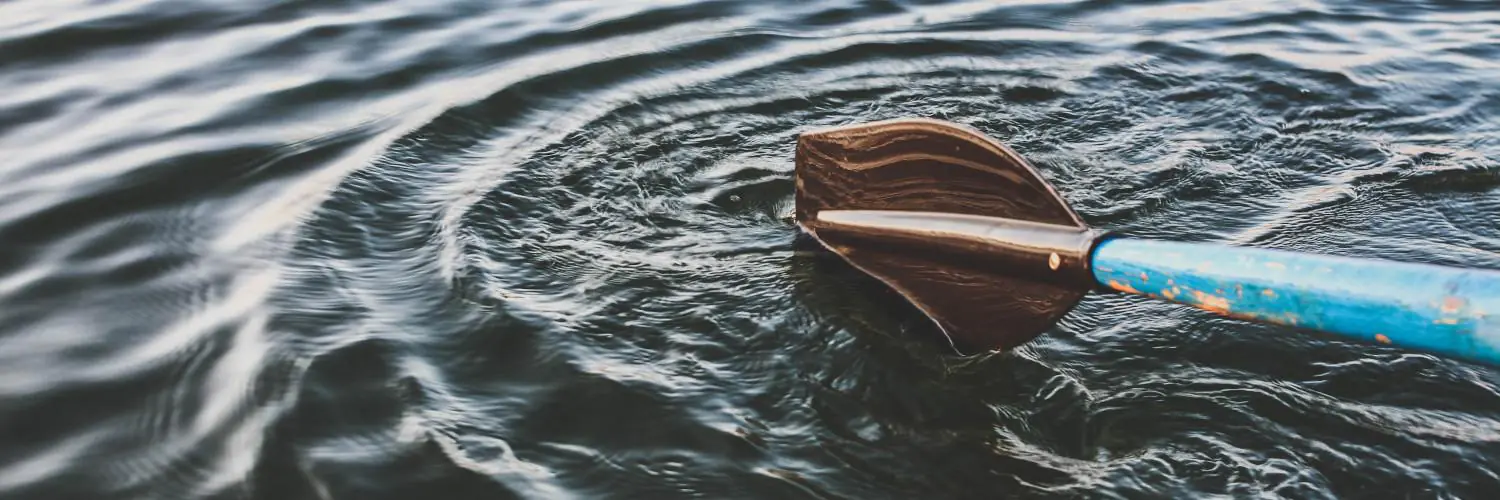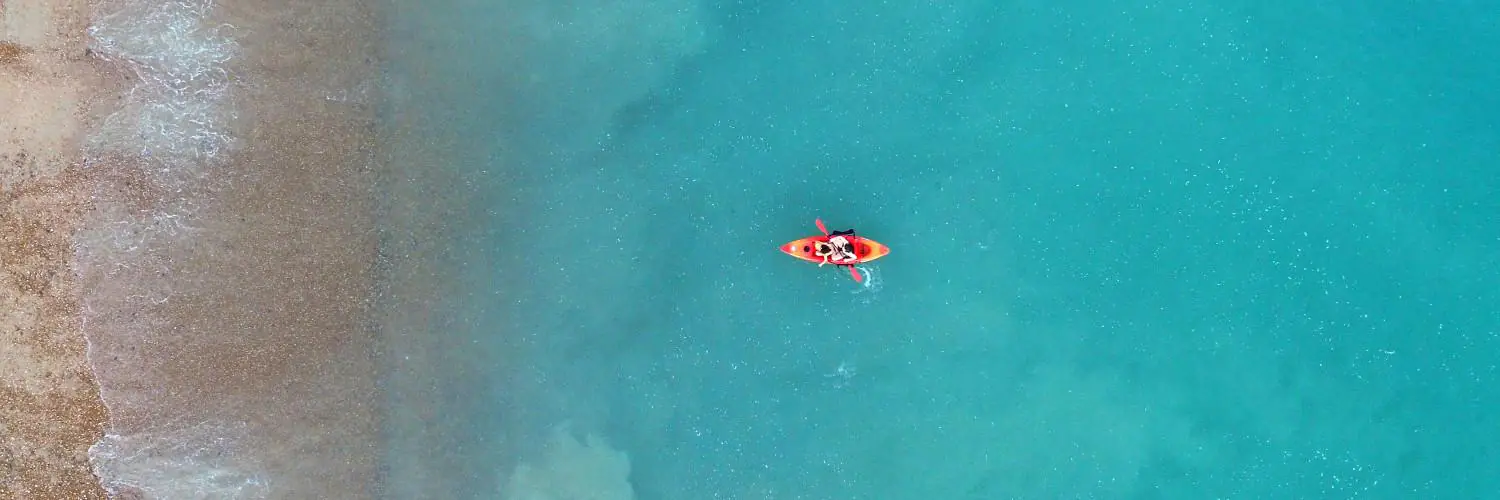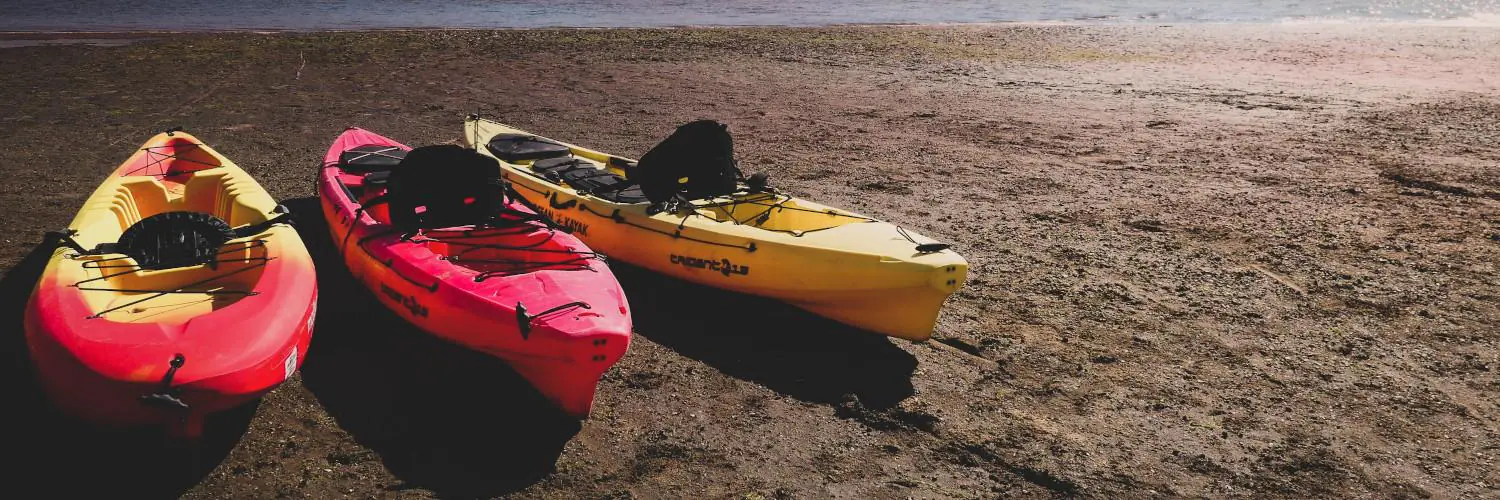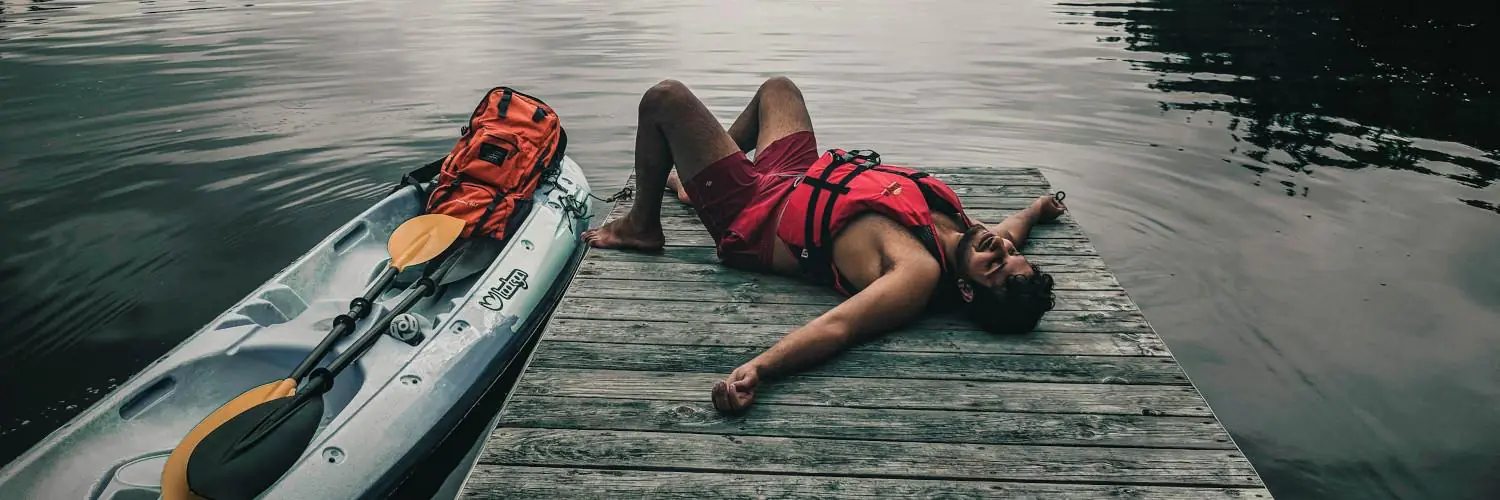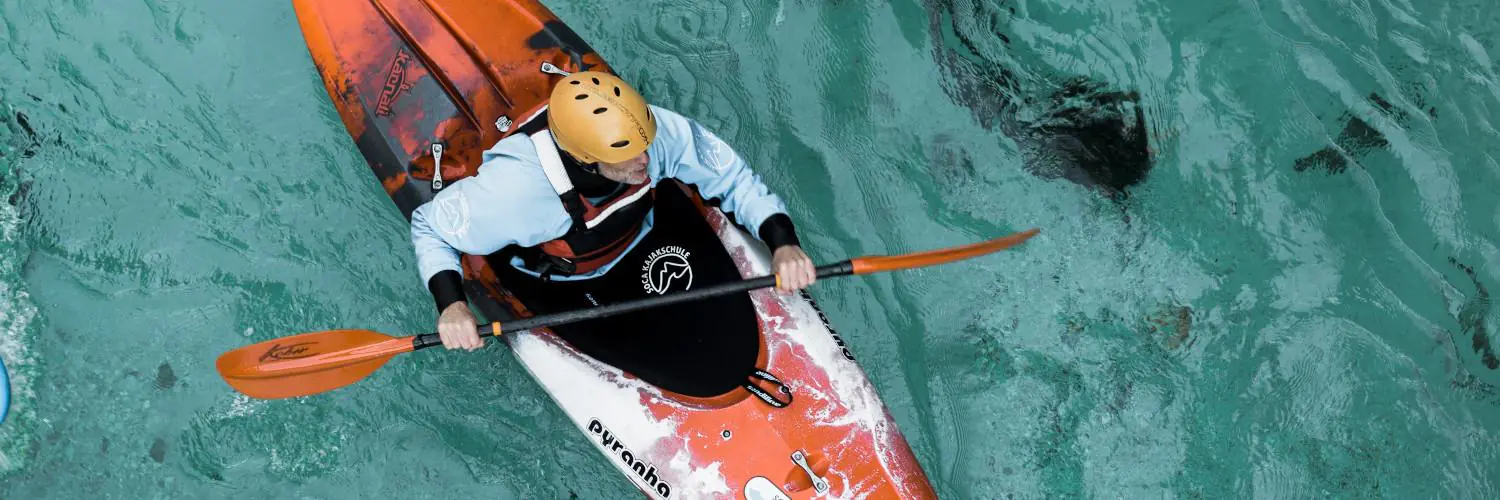Kayaking offers a fun way to explore waterways and enjoy the outdoors. Many kayak brands cater to different needs, from casual paddling to serious adventures. Top kayak brands like Old Town, Wilderness Systems, and Hobie make quality boats for various styles of kayaking.
These brands make kayaks for beginners and experts alike. Some focus on recreational paddling on calm lakes and slow rivers. Others create kayaks built for rougher waters or long-distance touring. There are even kayaks made just for fishing.
When choosing a kayak, it helps to know the major brands and what they offer. Brands like Perception and Pelican make good kayaks for new paddlers. More advanced kayakers may prefer kayaks from Wilderness Systems or Hobie. Learning about different kayak brands can help people find the right boat for their water sports goals.
Table of Contents
History and Evolution of Kayaking
Kayaking has a rich history spanning thousands of years. The design and use of kayaks have changed greatly over time, from simple hunting vessels to modern recreational and competitive watercraft.
Origins of Kayak Design
The first kayaks were made by Arctic peoples around 5000 years ago. The Inuit and Aleut tribes created these boats for hunting in coastal waters, lakes, and rivers. Early kayaks were built with wood or whalebone frames covered in animal skins. They were light, fast, and perfect for sneaking up on prey.
Kayak shapes varied based on local needs. Some were wide and stable for rough seas. Others were long and narrow for speed in calmer waters. The paddler sat inside a small cockpit and used a double-bladed paddle. This basic design is still used in modern kayaks today.
Advancements in Kayak Manufacturing
In the 1950s, kayak making changed a lot. New materials like fiberglass and plastic replaced traditional wood and skin. This made kayaks cheaper and easier to produce. Rotomolded plastic kayaks became very popular in the 1970s. They were tough and affordable.
Today, kayaks are made from many materials:
- Polyethylene plastic
- Fiberglass
- Carbon fiber
- Inflatable fabrics
These new materials allow for different kayak types. Sit-on-top kayaks are great for beginners. Touring kayaks are made for long trips. Whitewater kayaks are short and tough for rapids. Inflatable kayaks can be packed small for easy transport.
Major Kayak Brands Overview
The kayak industry features established companies with long histories as well as newer brands bringing fresh ideas. Top manufacturers offer diverse product lines to meet different paddling needs and skill levels.
Pioneering Kayak Companies
Wilderness Systems stands out as a leading kayak brand, especially for fishing kayaks. They make popular models like the ATAK 120, Radar, and Recon. Perception Kayaks is another well-known name, producing recreational and touring kayaks for decades.
Dagger focuses on whitewater and river running kayaks. Ocean Kayak specializes in sit-on-top designs for coastal paddling. Hobie is famous for their pedal-driven kayaks that allow hands-free propulsion.
Advanced Elements makes inflatable kayaks that are portable yet perform well on the water. Delta Kayaks produces high-end touring and sea kayaks known for tracking and speed.
Emerging Kayak Brands
Vibe Kayaks has gained fans with feature-rich fishing kayaks at affordable prices. Oru Kayak makes foldable kayaks that can fit in a backpack when not in use.
NuCanoe offers hybrid kayak-canoe designs with open decks for fishing and hunting. Sea Eagle makes inflatable kayaks and SUPs for easy transport and storage.
Eddyline Kayaks crafts performance touring kayaks using thermoformed ABS plastic. Jackson Kayaks started in whitewater but now makes fishing kayaks too.
These newer brands bring innovation to the market with unique designs and materials. They give paddlers more choices to find the right kayak for their needs.
Types of Kayaks and Their Use Cases
Kayaks come in many shapes and sizes, each designed for specific activities and water conditions. The right kayak depends on how and where you plan to use it.
Recreational Kayaks
Recreational kayaks are perfect for calm waters like lakes and slow-moving rivers. They’re wide and stable, making them great for beginners. Most are 10-12 feet long and have a large cockpit for easy entry and exit.
These kayaks often have storage compartments for gear. They’re not built for speed or long trips. Instead, they focus on comfort and ease of use.
Many recreational kayaks are sit-on-top models. This design is popular because it’s easy to get on and off. It’s also self-draining, which is handy if water splashes in.
Touring and Sea Kayaks
Touring kayaks are made for longer trips on open water. They’re longer and narrower than recreational kayaks, usually 12-18 feet. This shape helps them move faster and straighter.
These kayaks have smaller cockpits and more storage space. They often have rudders or skegs to help with steering in windy conditions.
Sea kayaks are a type of touring kayak built for ocean use. They have special features like sealed bulkheads. These keep the kayak afloat if it takes on water.
Touring kayaks require more skill to paddle. They’re less stable than recreational kayaks but offer better performance for experienced paddlers.
Fishing Kayaks
Fishing kayaks are designed with anglers in mind. They’re stable and have features like rod holders, tackle storage, and live wells.
Most fishing kayaks are sit-on-top models. This gives anglers more room to move and cast. Some have pedal-driven propulsion systems, freeing up hands for fishing.
These kayaks often have wider, flatter hulls for stability. This design helps when reeling in fish or standing to cast. Many have accessory tracks for adding gear like fish finders.
Fishing kayaks come in various sizes. Shorter ones (10-12 feet) work well for small lakes. Longer models (12-14 feet) are better for open water.
Whitewater Kayaks
Whitewater kayaks are short, agile boats made for fast-moving rivers. They’re typically 4-10 feet long with rounded hulls. This design helps them turn quickly and ride over waves.
These kayaks have tight-fitting cockpits. Paddlers wear spray skirts to keep water out. They also have special foam padding for safety in rough water.
There are several types of whitewater kayaks:
- Playboats: Short and stubby for doing tricks
- Creek boats: Longer with more volume for steeper rivers
- River runners: A mix between playboats and creek boats
Whitewater kayaking requires special skills and safety knowledge. It’s not a sport for beginners.
Inflatable Kayaks
Inflatable kayaks offer portability and ease of storage. When deflated, they can fit in a backpack. This makes them great for travel or those with limited storage space.
Modern inflatable kayaks are tough and puncture-resistant. They come in various styles, from recreational to whitewater models.
These kayaks are often wider and more stable than hard-shell kayaks. This makes them good for beginners. They’re also lighter, which is helpful for carrying to and from the water.
Inflatable kayaks do have some drawbacks. They’re slower than hard-shell kayaks and can be affected more by wind. But for many paddlers, the convenience outweighs these issues.
Selecting the Right Kayak
Picking the best kayak involves looking at your needs and the kayak’s features. Key factors include where you’ll use it, your skill level, and what activities you plan to do.
Determining the Best Kayak for You
Think about where you’ll paddle most often. Lakes, rivers, and oceans need different kayak types. Recreational kayaks work well for calm waters. Touring kayaks are better for long trips or rougher conditions.
Your size matters too. Bigger paddlers need longer, wider kayaks. Smaller folks can use shorter, narrower ones.
Skill level is important. Beginners should start with wider, more stable kayaks. As you improve, you can move to faster, less stable models.
What do you want to do? Fishing kayaks have special features for anglers. Some kayaks are made for speedy trips. Others focus on comfort for relaxed paddles.
Kayak Brands to Consider and Avoid
Top kayak brands offer quality and durability. Wilderness Systems makes great fishing kayaks. Perception is known for good recreational models.
Elie Kayaks and Point 65n make kayaks that are easy to use. These brands are good for new paddlers.
Be careful with cheap kayaks from big stores. They often don’t last long or paddle well. It’s better to spend more on a kayak from a paddle shop.
Look for brands that match your needs. If you want to fish, check out Wilderness Systems or Perception’s fishing models. For touring, brands like Wilderness Systems offer good options.
Avoid kayaks sold as beach toys. They’re not made for real paddling. Stick to brands that focus on making kayaks, not general outdoor gear.
Planning Your Kayaking Adventure
Kayaking adventures offer fun and excitement on the water. To make the most of your trip, careful planning is key. Start by picking a suitable location based on your skill level and interests.
Check the weather forecast before heading out. This helps you pack the right gear and clothing. Safety should be a top priority. Always bring a life jacket, first aid kit, and emergency supplies.
Make a checklist of essential items:
- Kayak and paddle
- Life jacket
- Sun protection (hat, sunscreen, sunglasses)
- Water and snacks
- Dry bag for valuables
- Map or GPS device
If you’re new to kayaking, consider taking a lesson or going with an experienced friend. They can teach you proper paddling techniques and safety skills.
For longer trips, plan your route in advance. Mark key landmarks and potential rest stops. Let someone know your plans and expected return time.
Lastly, respect the environment. Follow Leave No Trace principles to protect nature. With proper planning, your kayaking adventure will be safe and enjoyable.

